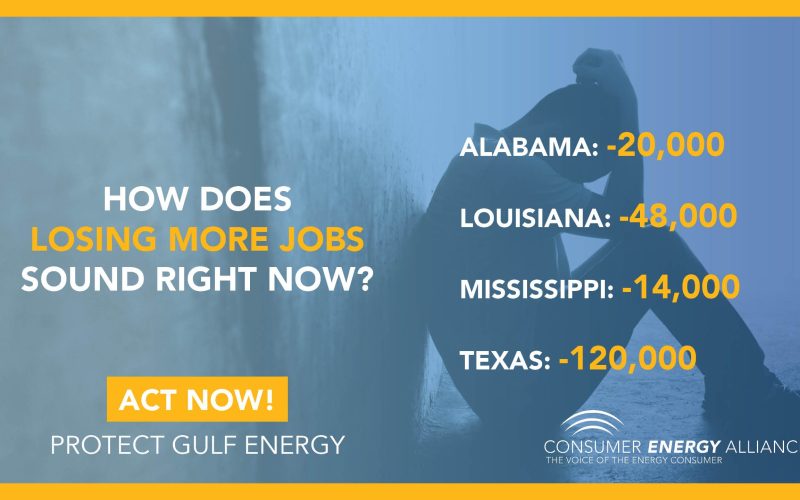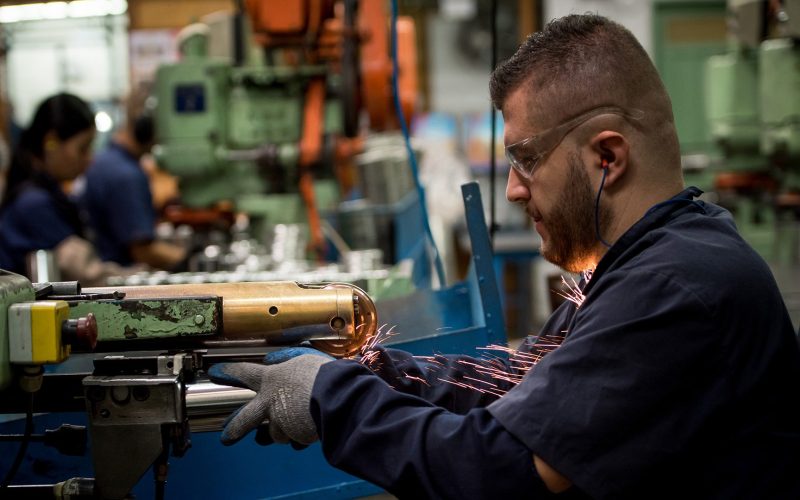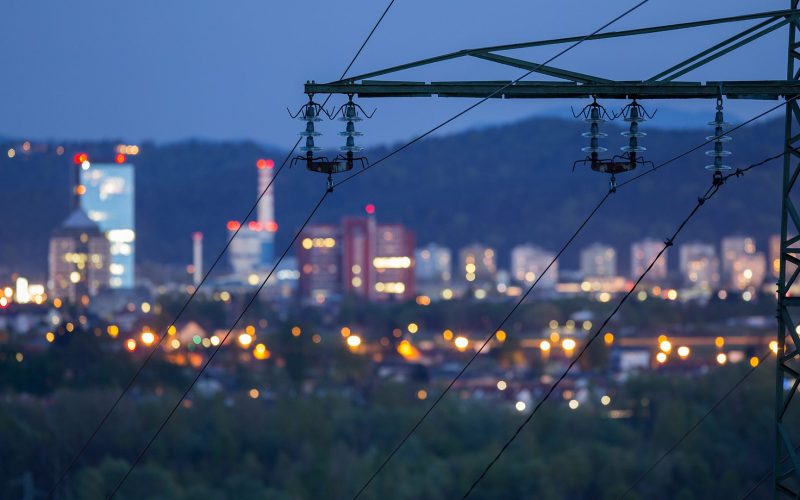THE VOICE FOR THE ENERGY CONSUMER

David Holt, CEA’s President, discusses the importance of pipelines to Texas as the state begins to recover economically from the COVID-19 pandemic. As our economy slowly emerges from the staggering.

Just last year, the production in the Gulf generated more than $5 BILLION dollars for the Federal Treasury, Land and Water Conservation Fund, Historic Preservation Fund, and OUR state and.

Today, more than 200,000 offshore workers from Alabama to Texas help ensure that our homes are warm in the winter and cool in the summer, that our cars have the.

Energy production in Ohio has led to tremendous savings for Ohio’s families, farmers, and local businesses while making Ohio more attractive to manufacturers from across the globe looking to capitalize.

With only four days remaining until Election Day, energy issues are taking center stage as ads on climate change and fracking are hitting the airwaves in key battleground states. Earlier.

Everyone was talking today about President Trump and Democratic nominee Joe Biden clashing last night at their final debate over energy policy and how reform would impact American workers. This.

Richmond, VA – Virginia’s families, manufacturers and businesses saved more than $14.2 billion between 2008 and 2018 thanks to low-cost natural gas and expanded energy infrastructure, according to a new.

Did your utility company request a rate increase recently or gain regulatory approval for higher electricity fees? Is your school district eyeing or seeking voter approval for a bond issue.

Earlier this week, global energy news was filled with headlines about the OPEC+ alliance and their focus on ensuring that oil prices do not nosedive again. After seeing that demand.

Minneapolis, MN – Consumer Energy Alliance (CEA) today commended Minnesota Judge James LaFave after he upheld the draft water quality certificate that the Minnesota Pollution Control Agency issued to Enbridge.